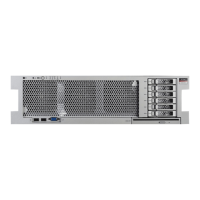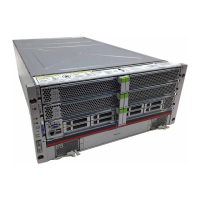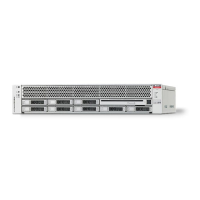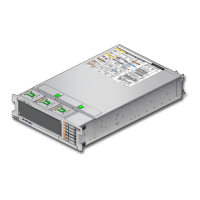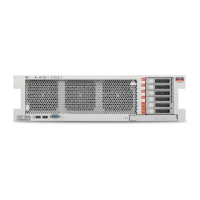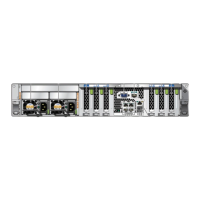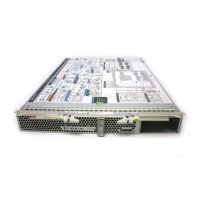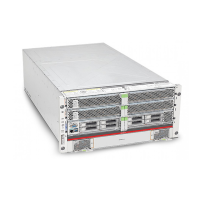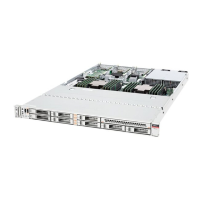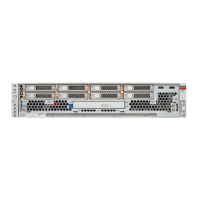Verify the Hard Drive
Servicing Hard Drives 87
This command helps you identify the drive you installed. Example:
Ap_id Type Receptacle Occupant Condition
...
c2 scsi-sas connected configured unknown
c2::w5000cca00a76d1f5,0 disk-path connected configured unknown
c3 scsi-sas connected configured unknown
c3::sd2 disk-path connected unconfigured unknown
c4 scsi-sas connected configured unknown
c4::w5000cca00a59b0a9,0 disk-path connected configured unknown
...
4.
Configure the drive using the cfgadm -c configure command.
Example:
# cfgadm -c configure c2::w5000cca00a76d1f5,0
Replace c2::w5000cca00a76d1f5,0 with the drive name for your configuration.
5.
Verify that the blue Ready to Remove LED is no longer lit on the drive that you
installed.
6.
At the Oracle Solaris prompt, type the cfgadm -al command to list all drives in the
device tree, including any drives that are not configured:
# cfgadm -al
The replacement drive is now listed as configured. Example:
Ap_id Type Receptacle Occupant Condition
...
c2 scsi-sas connected configured unknown
c2::w5000cca00a76d1f5,0 disk-path connected configured unknown
c3 scsi-sas connected configured unknown
c3::w5000cca00a772bd1,0 disk-path connected configured unknown
c4 scsi-sas connected configured unknown
c4::w5000cca00a59b0a9,0 disk-path connected configured unknown
...
7.
Perform one of the following tasks based on your verification results:
■
If the previous steps did not verify the drive, see “Diagnostics
Process” on page 25.
■
If the previous steps indicate that the drive is functioning properly, perform
the tasks required to configure the drive. These tasks are covered in the
Oracle Solaris OS administration documentation.
For additional drive verification, you can run the Oracle VTS software. Refer to the Oracle VTS
documentation for details.
